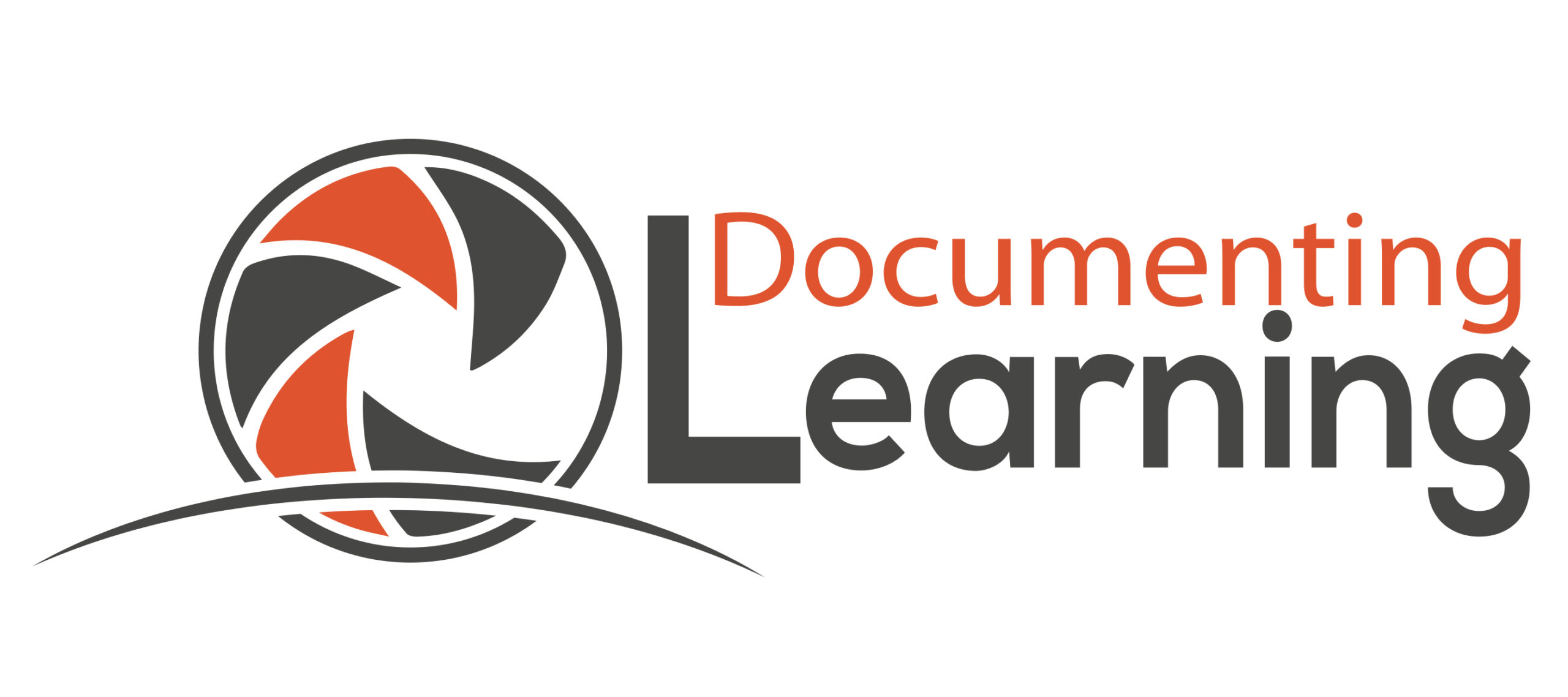Chapter 13 Documenting Learning: Moving Forward
1. Barth (2001) observes, “To reflect on practice, we must first observe practice.” It is imperative to start looking at learning choices and teaching practices through the three lenses: What do we cut? What do we keep? What do we upgrade? No current choice or practice is exempt for discussion. As you and your colleagues are contemplating changes, ask yourselves:
- Is the choice or practice in the best interests of our learners?
- Does the choice or practice foster and support the now literacies?
- Does the choice or practice merely substitute traditional teaching methods with new technologies?
- Whose voice is being heard the loudest in our learning environments? Is that what we want? If not, what are our suggestions for improvements?
- Who is owning the learning? How are they informing others about their struggles and success along their learning journeys?
Take special care when considering and brainstorming potential assessment and professional evaluation upgrades. Cutting behaviors based on the four mindsets to cut will open up doors for space and time that allow what to keep and upgrade to enter in.
Be certain to make decisions regarding the most advantageous social media platforms and tools to aid you and your learning organization to move forward in positive learning ways. Be cognizant of how you will share your student and educator artifacts to convey their learning-thinking and invite local and global communities to aid in their learnings through providing authentic feedback, questions, and addition information and resources.
2. Brainstorm with a colleague or colleagues a list of universal traditional assignments or projects that every student in your country experiences while in school. Think about the experiences from a generational perspective as well. Did older siblings, parents, and grandparents have the same exact assignment when they were in school? Have there been any modifications over the years? Some examples might be:
- Writing a My Summer vacation essay
- Memorizing the 50 United States, Germany’s 16 states, or Canada’s 10 provinces
- Preparing a science or history fair presentation board
- Going on a celebratory learning field trip to a zoo, museum, or local historical site
- Conducting and presenting a research paper
Unpack the standards, focuses, and goals addressed for your brainstormed list of projects and assignments. Unpack deeper by connecting the details of each project or assignment to the now literacies and related skills to see if they are adequately addressed, or possibly not addressed at all.
Discuss with your colleagues how one or more of the projects or assignments can be transformed to better foster and support the now literacies, content-specific skills, and authentic audience interaction for the related documentation artifacts, which will provide a more meaningful learning experience for all the learners—students, teachers, and local/global community.
3. Sometimes the craziest, never-heard-of-before-ideas are proven to be a great foundation for considering transforming traditional practices; for example, a professional learning workshop. Oftentimes a consultant arrives at a school or district to train the teachers on a specific topic or initiative with no immediate student interactions.
Discuss with your colleagues or leadership team the possibilities for a consultant embedding and modeling the professional learning’s key training components with the attendees’ students. Better yet, what about the consultant working directly with the students on the topic, such as look for learning, and coaching them on how they can teach their teachers regarding to the learning focus or goal.
Here are some questions to ponder for both transformation examples:
- What would happen?
- How could this work?
- How could I use a design thinking process (empathize, define problem, ideate, develop prototype, test) to create, support, and refine this professional learning method?
- How would I introduce and plan for this professional learning transformation with my faculty?
- How could this professional learning transformation best be documented, shared locally, and amplified globally?
